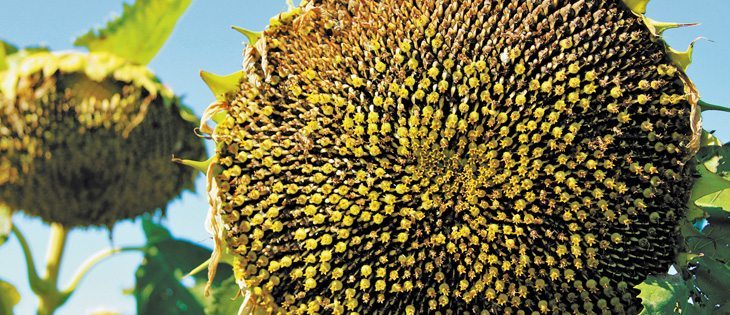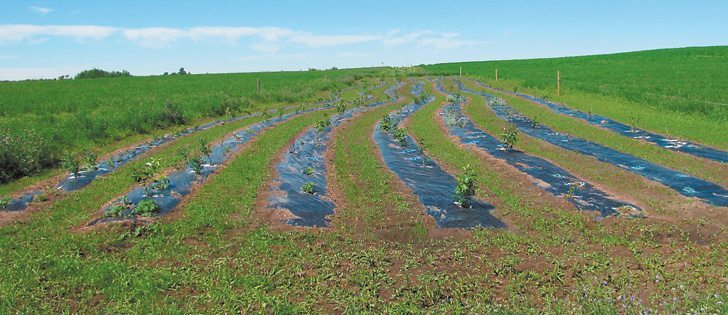Supply and demand | The crop wreck in the U.S. corn belt will tighten supply and send up prices
Spiking crop markets can collapse as quickly as they rise.
But while some predict that collapse will happen soon with U.S. corn, soybean and wheat markets, some market analysts think the slide might not be that sharp.
That means good prices for most crops are likely to stick around for Canadian producers, regardless of what they produce.
“I’m less worried about that this year,” said Elaine Kub, an expert on U.S. grain market history.
“These prices are probably a few dollars higher than they were a month ago, but they are not much higher than the 2011 high, and the 2011 high kind of stuck around. We didn’t really kill off demand and drop down to $3 corn in 2011.”
Read Also

Trump’s tariffs take their toll on U.S. producers
U.S. farmers say Trump’s tariffs have been devastating for growers in that country.
Drought rallies in 1988 and 1996-97 rose and fell violently, but in both cases weather did not cause as much crop destruction as feared, and enough marginal demand disappeared to allow supply and demand to quickly come back into balance.
This time, huge crop losses have occurred in the U.S. Midwest and the Black Sea region, and demand is stronger than in the past.
“This thing has legs,” said CWB market analyst Neil Townsend, who toured most of the states in both the eastern and western corn belts last week and described the situation as “epic weather failure. This is gigantic.”
Townsend estimates the national U.S. corn yield will average 130 to 134 bushels per acre, which is much below the U.S. Department of Agriculture’s most recent estimate of 146 bu. per acre, which is a big reduction from its first estimate of 166 bu. per acre.
“It could easily be 125 to128,” said Townsend, whose views echo many U.S. analysts who think the U.S. corn crop is wrecked.
Kub said whether or not the highs of the market are in, there is no easy way to replace the lost production of the U.S. and Black Sea region. Until South America produces a crop, which won’t occur until February or March 2013, there will be little corn and possibly few soybeans for world buyers.
“Soybeans are in the driver’s seat now for the next month because weather does not affect a dead corn field much,” said Kub.
“I don’t think we’re in a situation where we’re going to fall back $3 just because we’ve discovered the high.”
Townsend said spiking rallies can crash down just as fast, but he doubts that will happen in the next couple of months. There is too much commercial need for the crops to allow that to happen.
That means this fall, farmers in Western Canada will have many buyers to choose from. Milling grain buyers should be fighting with feed buyers.
“Maybe the Chinese won’t be willing to pay a great price for malting barley, but the option of selling it to the feed market is going to be extremely lucrative,” said Town-send.
“There’s going to be no significant flow of U.S. (dried distillers grains), any real U.S. corn, all the feeding that’s going to be done is going to be locally sourced.”
Townsend said farmers should have strong markets even if weather problems hit prairie crops in the weeks before harvest.
“If we were to get a wreck, if it rained at harvest, we will still be able to sell every single tonne … at a good price,” said Townsend.
“You might be selling your feed quality wheat at what you sold your top quality wheat for two years ago.”
Townsend said he expects to see volatility with the present situation, but doubted a turning point and end of the rally was imminent.
“There will be down days for sure, but I don’t see the psychology breaking as (crop) conditions get worse,” said Townsend.















